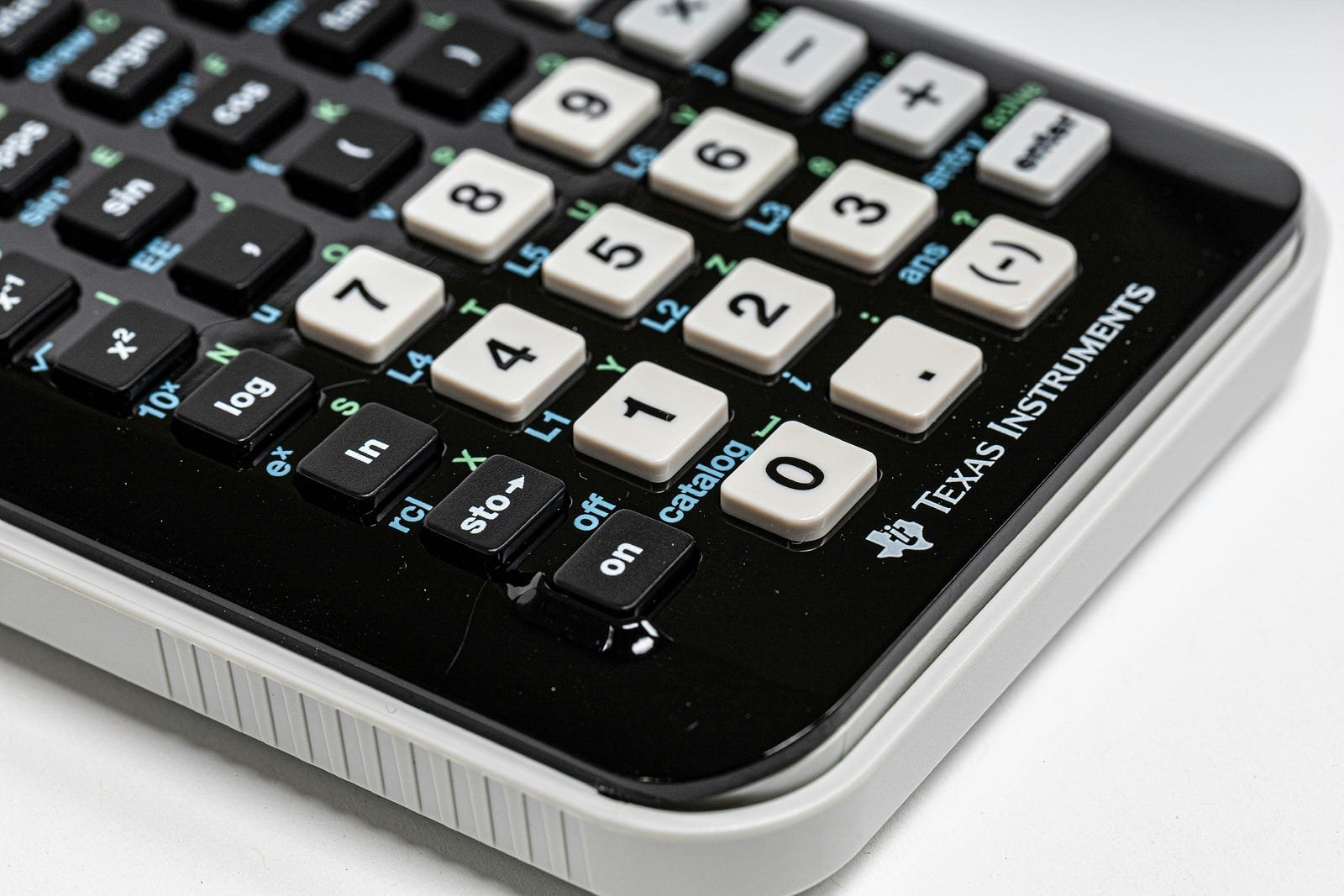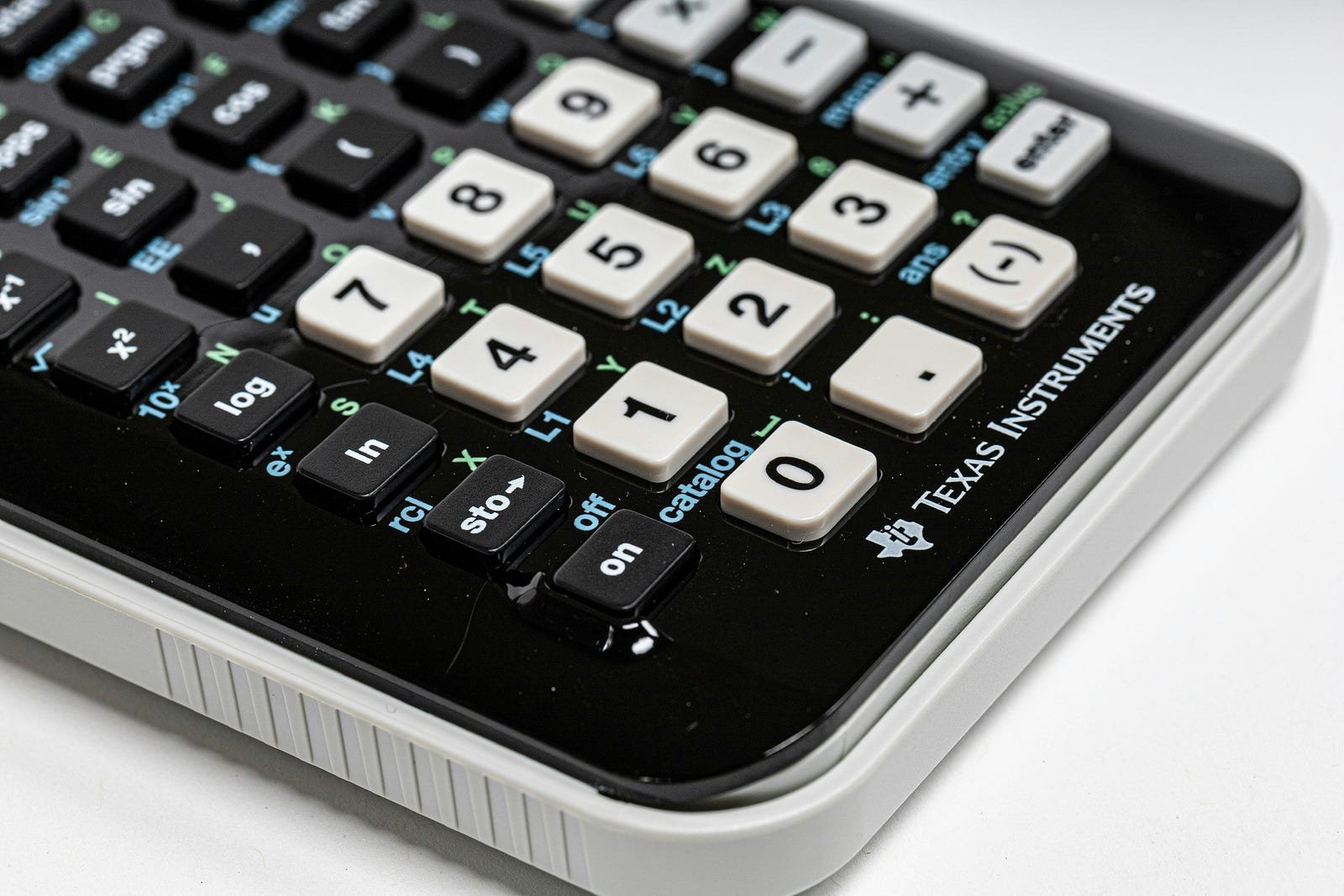Creating a personal budget is one of the most effective ways to gain control over your finances, achieve financial goals, and reduce stress related to money. A well-crafted budget provides a roadmap for your spending, saving, and investing. Whether you’re a beginner or someone looking to refine your financial habits, this step-by-step guide will show you how to create a personal budget that works for you.
Why Budgeting Matters
Budgeting isn’t just about cutting costs; it’s about empowering yourself financially. A good budget helps you:
- Track your income and expenses.
- Save for future goals like vacations, education, or retirement.
- Avoid debt by living within your means.
- Build an emergency fund for unexpected expenses.
With a budget in place, you make intentional financial choices that align with your priorities.
Step 1: Define Your Financial Goals
Before you create a budget, identify your short-term, medium-term, and long-term financial goals. These could include:
- Short-term: Paying off credit card debt or saving for a new gadget.
- Medium-term: Building a six-month emergency fund or planning a vacation.
- Long-term: Saving for retirement, buying a home, or starting a business.
Having clear goals gives your budget purpose and motivates you to stick to it.
Step 2: Calculate Your Total Income
Understanding how much money you bring in is the foundation of any budget. Include:
- Your salary or wages (after taxes).
- Side hustle income.
- Any passive income like rental income or dividends.
If your income fluctuates, use an average based on the past three to six months to get an accurate estimate.
Step 3: Track Your Current Expenses
To create a realistic budget, you need to know where your money is going. Spend a month tracking all your expenses, including:
- Fixed expenses: Rent, mortgage, car payments, insurance.
- Variable expenses: Groceries, dining out, entertainment, utilities.
- Discretionary spending: Subscriptions, shopping, hobbies.
There are several tools like budgeting apps, spreadsheets, or even a simple notebook that can help you track spending accurately.
Step 4: Categorize Your Spending
Once you’ve tracked your expenses, categorize them into essential and non-essential items. Examples include:
- Essentials: Housing, utilities, transportation, groceries, debt repayments.
- Non-essentials: Eating out, streaming services, travel, gym memberships.
This categorization highlights areas where you can cut back without sacrificing necessities.
Step 5: Choose a Budgeting Method
There’s no one-size-fits-all approach to budgeting. Choose a method that aligns with your lifestyle:
50/30/20 Rule
- 50% Needs: Essentials like rent, groceries, and transportation.
- 30% Wants: Non-essentials like dining out and entertainment.
- 20% Savings: Savings, investments, and debt repayment.
This method is simple yet effective for balancing expenses and savings.
Zero-Based Budget
In this approach, every dollar is assigned a job, leaving no money unaccounted for. At the end of the month, your income minus expenses should equal zero.
Envelope System
Allocate cash to different envelopes for each category, like groceries or entertainment. When the cash runs out, you stop spending in that category.
Experiment with different methods to find what works best for you.
Step 6: Adjust and Optimize Your Expenses
After categorizing and tracking expenses, look for areas to cut costs:
- Cancel unnecessary subscriptions.
- Cook at home instead of eating out frequently.
- Shop smarter by comparing prices, using coupons, or buying in bulk.
- Negotiate bills: Contact service providers to lower your phone, internet, or insurance rates.
Use the money saved from these adjustments to boost your savings or pay off debt.
Step 7: Prioritize Debt Repayment
Debt can hinder your financial growth, so it’s essential to address it strategically. Use one of these popular methods:
- Snowball Method: Pay off the smallest debts first while making minimum payments on larger ones. The psychological boost of eliminating small debts can motivate you.
- Avalanche Method: Focus on debts with the highest interest rates to save money on interest over time.
Whichever method you choose, include debt repayment as a non-negotiable part of your budget.
Step 8: Build an Emergency Fund
Life is unpredictable, and an emergency fund acts as a financial cushion. Aim to save three to six months’ worth of living expenses. Start small by setting aside a fixed amount each month. Automating your savings can make this process easier and more consistent.
Step 9: Review and Adjust Regularly
A budget isn’t a set-it-and-forget-it tool. Your financial situation and goals may change, so review your budget monthly to ensure it remains relevant.
- Monitor your progress toward goals.
- Adjust categories based on changes in income or expenses.
- Celebrate small wins, like paying off a credit card or reaching a savings milestone.
Step 10: Use Tools and Resources
Leverage technology to simplify budgeting. Popular apps like Mint, YNAB (You Need a Budget), and EveryDollar help you track expenses, set goals, and stay organized.
Common Budgeting Pitfalls to Avoid
- Unrealistic goals: Be honest about what you can achieve.
- Neglecting irregular expenses: Plan for annual costs like insurance premiums or holiday shopping.
- Failing to update your budget: Keep it current to reflect your financial situation.
- Giving up after setbacks: Mistakes happen — what matters is getting back on track.
Benefits of a Realistic Budget
When done right, budgeting offers numerous benefits:
- Reduces financial stress: Knowing where your money goes gives peace of mind.
- Encourages saving: Helps you build wealth and prepare for the future.
- Promotes smart spending: Ensures your money aligns with your values and goals.
Creating a personal budget that works isn’t complicated — it’s about understanding your income, tracking your expenses, and setting achievable goals. By following these steps and staying consistent, you can take control of your finances and pave the way to a secure and stress-free financial future.
Remember, the key to successful budgeting is flexibility. Life changes, and so should your budget. Start today, and watch how financial planning transforms your life!











